Table of Contents
Mercedes W206 Problems: Case Study on C-Class AMG EQ Power No-Start Issue
Customer Complaint: The vehicle does not start.
The Mercedes-Benz C Class W206 AMG EQ Power blends hybrid performance with advanced electrical systems. Yet, these very systems can also introduce complex diagnostic challenges.
This case study explores a real-world no-start issue in the W206 traced to an isolation resistance fault in the high-voltage (HV) battery system.

Step 1: Quick Test – Initial Diagnostic Scan
When the vehicle arrived with a no-start condition, the first step was to perform a full system quick test using Mercedes-Benz XENTRY Diagnostics.
Action:
A complete scan of all ECUs (Electronic Control Units) was executed to identify potential network or voltage-related faults.
Result:
Fault codes were detected in the Battery Management System (BMS) the ECU responsible for monitoring and protecting the high-voltage battery.
Technician Note:
Whenever a Mercedes hybrid fails to start, the BMS and HV safety interlocks should be inspected first. These systems can deliberately prevent ignition to protect occupants from unsafe voltage leakage.

Step 2: Fault Code Analysis, Isolation Resistance Error
The quick test showed a BMS fault indicating “isolation resistance out of tolerance.”
| Parameter | Normal Range | Observed | Interpretation |
|---|---|---|---|
| Isolation Resistance | > 1 MΩ | Below 250 kΩ | Electrical insulation failure or HV leak detected |
| HV System Voltage | 350–400 V | Stable | Power OK, insulation compromised |
| BMS Status | Ready | Locked | Vehicle start inhibited by safety logic |
This fault meant that the BMS detected unsafe insulation between the HV circuit and the chassis ground, causing the system to lock out the HV relay and prevent the car from starting.
Step 3: Verifying Actual Values, BMS Data Monitoring
Using live data within XENTRY, the technician accessed the “Actual Values” section of the BMS to verify:
- – Isolation resistance across HV components
- – Individual cell voltages and temperatures
- – HV contactor and interlock status
Observation:
The isolation resistance remained out of range even when low-voltage (12 V) systems were stable, confirming an internal HV battery issue rather than a wiring or moisture problem in the harness.
Step 4: Visual Inspection, BMS Control Unit & HV Harness
Before replacing major components, a visual inspection was performed on the BMS control unit, HV battery casing, and orange-coded high-voltage cables.
Findings:
- – No corrosion or water traces around connectors.
- – No physical damage to the HV battery enclosure.
- – Insulation measurement still failed after disconnection, confirming internal degradation of the HV module.
This ruled out wiring and external harness faults pointing squarely at the HV battery pack itself.
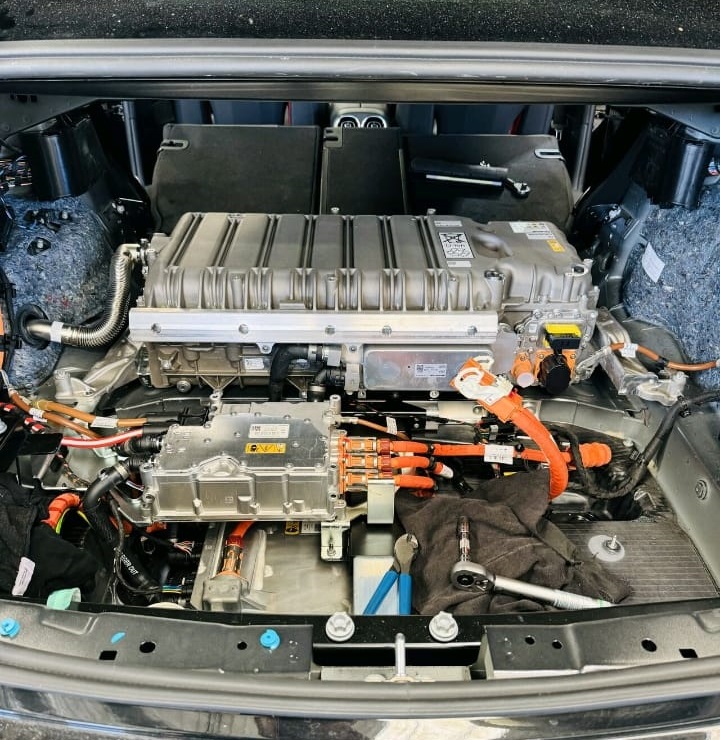
Step 5: Guided Diagnostics – HV Battery Replacement
Following the guided procedure in XENTRY:
- – The diagnostic path confirmed “Replace High-Voltage Battery” as the prescribed fix.
- – The BMS reported internal isolation fault not repairable by service calibration or module reset.
Action Taken:
The faulty high-voltage battery was safely removed and replaced with a new OEM unit.
During reinstallation:
- – All HV safety locks and interlocks were re-engaged.
- – System voltage and resistance were re-verified using the insulation test function in XENTRY.
Safety Measures:
Technicians used Class 0 HV gloves, insulated tools, and adhered to Mercedes HV service disconnect protocol to ensure full electrical safety during replacement.
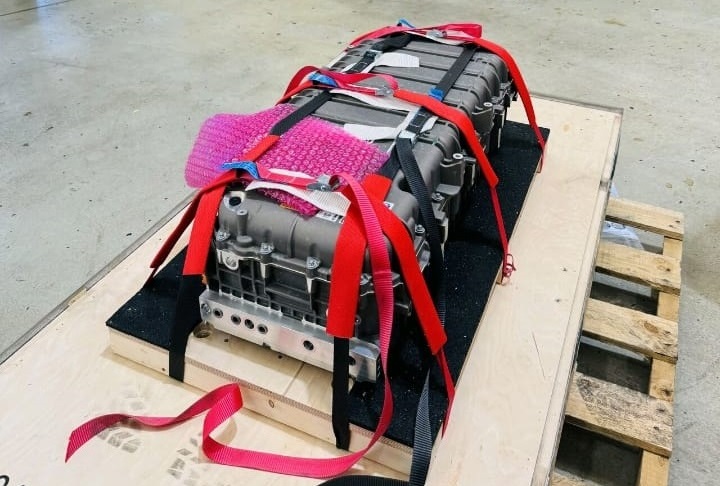
Step 6: Post-Repair Verification – Vehicle Restart Success
After installation, all stored DTCs were cleared, and the BMS was re-initialized.
A post-replacement diagnostic check confirmed:
- – Isolation resistance now within range (> 1.5 MΩ)
- – BMS “Ready” status restored
- – High-voltage contactors engaged normally
Result:
The Mercedes W206 started smoothly, the dashboard displayed no error messages, and all hybrid functions including regenerative braking and EV-only mode operated as designed.
Root Cause Summary
| Component | Fault | Effect on System |
|---|---|---|
| High-Voltage Battery | Internal insulation breakdown | Prevented vehicle start (safety shutdown) |
| BMS Control Unit | Detected abnormal isolation | Triggered fault code and locked HV relay |
| Harness & Connectors | Normal | No external influence |
Diagnosis Confidence: 100% confirmed by consistent DTCs, live data, and post-replacement success.
Technician Takeaways
- – Isolation resistance is the cornerstone of HV safety. Any drop below tolerance immediately disables vehicle start.
- – Always confirm 12 V power integrity before diagnosing hybrid faults low voltage can mimic HV isolation errors.
- – Use guided tests in XENTRY rather than random part swaps; they define whether faults are repairable or replace-only.
- – Document all voltage readings and resistance data for traceability crucial for warranty claims and safety audits.
Understanding the High-Voltage Battery System in the W206
| Function | Purpose |
|---|---|
| Energy Storage | Powers the electric motor and high-load systems |
| Isolation Monitoring | Ensures chassis safety from HV leakage |
| Cooling & Thermal Control | Maintains cell temperature balance |
| Communication via CAN & LIN | Links BMS, inverter, and hybrid control ECU |
Common Issues:
- – Isolation resistance drift from moisture or internal electrolyte leakage
- – BMS communication failure (CAN line errors)
- – Voltage imbalance among cell groups
- – Software miscalibration after module replacement
Prevention Tips:
- – Keep underbody and HV connectors sealed and dry
- – Avoid washing the battery enclosure area directly
- – Perform BMS software updates during every major service interval
Related Diagnostic Resource
For deeper insight into diagnosing electrical power and communication faults, explore:
Mercedes Electrical Problems: Fix SAM, ECU & CAN Bus Faults
A complete diagnostic hub covering control module power supply loss, short circuits, CAN/LIN network communication, and high-voltage management faults across Mercedes-Benz models.
Together with this case study, this resource forms a comprehensive reference for diagnosing hybrid and EQ-Power electrical systems.
Final Results & Key Takeaway
After the high-voltage battery replacement, the W206 AMG EQ Power regained full hybrid functionality and start capability.
The root cause internal isolation breakdown within the HV battery pack was confirmed by stable post-repair readings.
This case emphasizes that in Mercedes EQ Power models, high-voltage battery integrity directly affects system readiness.
Early isolation tests, accurate data logging, and adherence to guided diagnostics can prevent unnecessary ECU or harness replacements.
Author Bio
Written by Mercedes Expert
With years of hands-on experience diagnosing and repairing Mercedes-Benz systems, he brings technical depth and practical case studies to help car owners, technicians, and enthusiasts troubleshoot complex automotive issues. His work focuses on clear repair guides, OEM-level procedures, and knowledge-sharing to empower both professionals and drivers.
Last update: November 2025

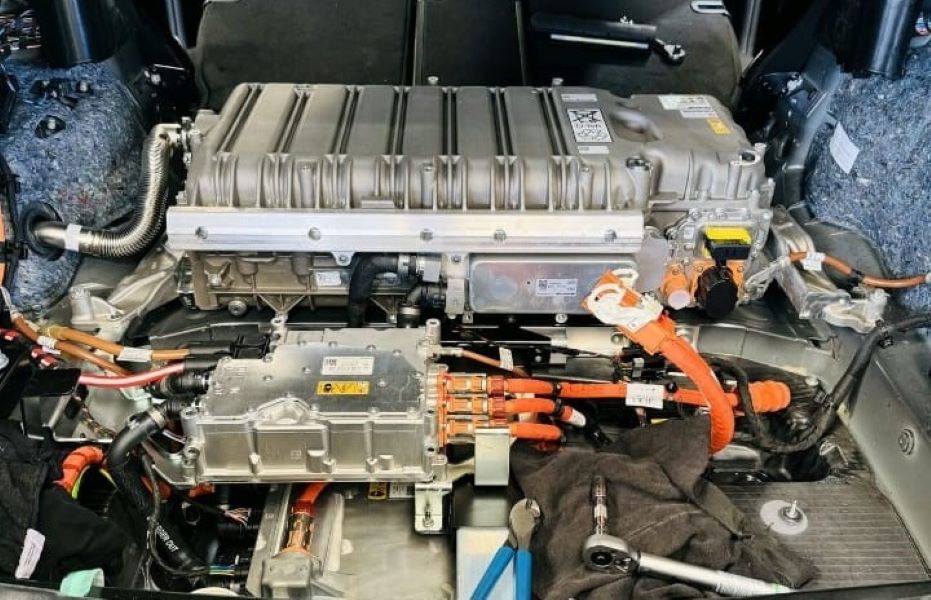
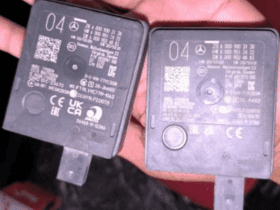

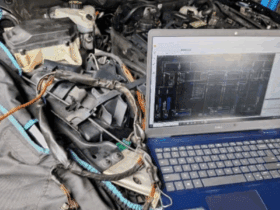

Leave a Reply